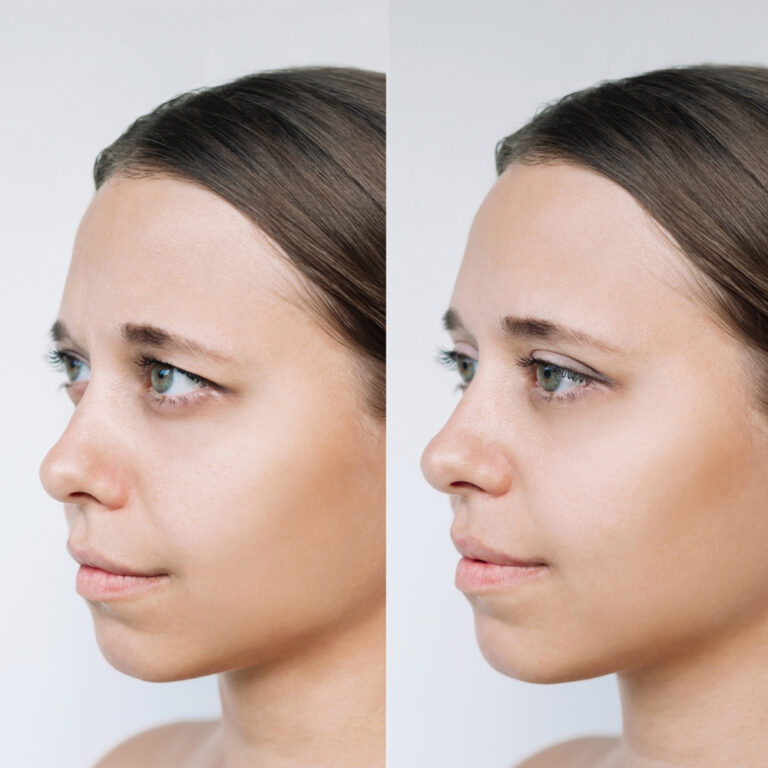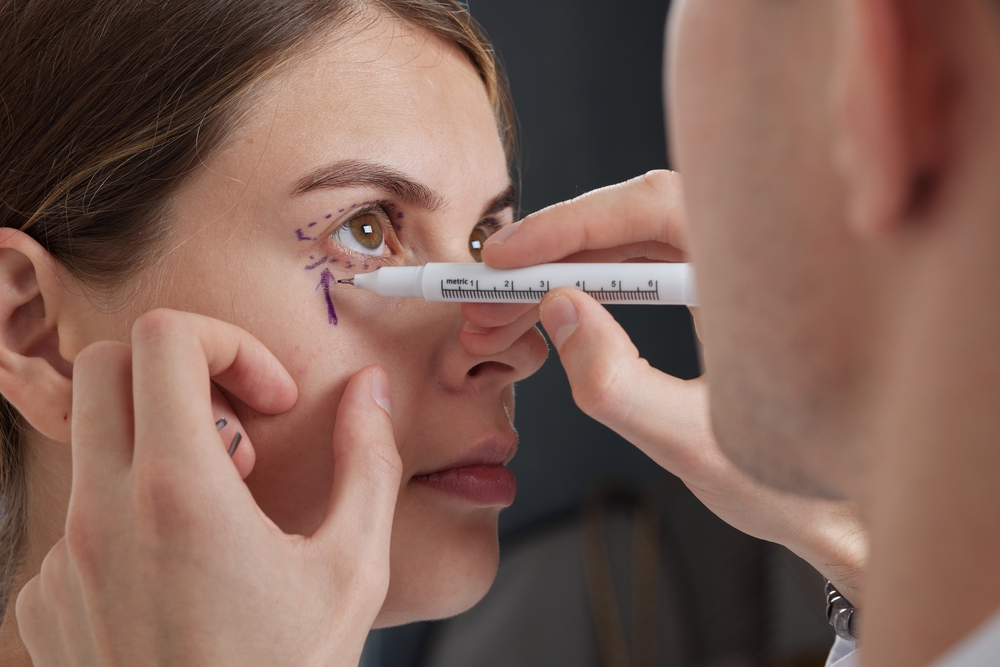Blepharoplasty, commonly known as eyelid surgery, has witnessed remarkable advancements in recent years, particularly in the realm of precision. This article delves into the significance of precision in Blepharoplasty procedures, exploring how technological advancements and refined techniques are reshaping the landscape of cosmetic surgery.
Introduction to Blepharoplasty
What is Blepharoplasty?
Blepharoplasty is a surgical procedure aimed at improving the appearance of the eyelids. It involves the removal of excess skin, fat, and muscle from the upper and/or lower eyelids, resulting in a more youthful and refreshed look. This procedure is often sought after to address drooping eyelids, under-eye bags, and puffiness.

Importance of Precision in Cosmetic Surgery
Precision plays a pivotal role in cosmetic surgery, especially in delicate procedures like blepharoplasty. The ability to execute precise incisions and adjustments ensures optimal outcomes, minimizes risks, and enhances patient satisfaction.
Advancements in Blepharoplasty Techniques
Traditional vs. Advanced Techniques
Traditional lower blepharoplasty techniques relied heavily on manual dexterity, often leading to varying results and longer recovery times. However, advancements in technology have paved the way for more refined and precise approaches.
Laser Blepharoplasty
Laser blepharoplasty has emerged as a game-changer in the field, offering enhanced precision and reduced trauma compared to conventional methods. The use of laser technology allows surgeons to target specific tissues with unparalleled accuracy, leading to smoother outcomes and faster healing.
Precision Instruments and Technology
The integration of precision instruments such as high-definition cameras and microsurgical tools has revolutionized how cosmetic eye surgery is performed. Surgeons can now visualize intricate details with clarity and make precise adjustments, resulting in superior cosmetic results.
Benefits of Precision in Blepharoplasty
Enhanced Safety and Accuracy
Precision in blepharoplasty translates to increased safety for patients, as surgeons can navigate delicate structures with precision and minimize the risk of complications. Accurate incisions also contribute to better aesthetic outcomes.
Customization for Natural Results
Precise techniques allow for customized approaches tailored to each patient’s unique anatomy and aesthetic goals. This customization ensures natural-looking results that harmonize with facial features, avoiding an overdone or artificial appearance.
Challenges and Considerations
Skill and Experience of Surgeons
While precision technology is highly beneficial, it is crucial for surgeons to possess the requisite skill and experience to leverage these tools effectively. A skilled surgeon can achieve optimal results while mitigating potential risks.
Patient Expectations and Realistic Goals
Clear communication between surgeons and patients is vital to managing expectations and setting realistic goals. Precision in inability to close eye can enhance outcomes, but patients must understand the limitations of the procedure and have realistic expectations.
Future Trends and Innovations
AI and Machine Learning in Cosmetic Surgery
The integration of artificial intelligence (AI) and machine learning algorithms is poised to revolutionize cosmetic surgery, including blepharoplasty. These technologies can assist surgeons in preoperative planning, predicting outcomes, and optimizing surgical techniques for individual patients.
Personalized Treatment Plans
The future of blepharoplasty lies in personalized treatment plans that consider each patient’s unique facial anatomy, skin type, and aesthetic preferences. Tailored approaches ensure that outcomes are not only precise but also aligned with patient expectations.
Conclusion
The power of precision in advancing blepharoplasty cannot be overstated. With cutting-edge technologies, refined techniques, and skilled surgeons, the field continues to evolve, offering patients safer procedures, natural results, and improved overall satisfaction.
FAQs
-
Is blepharoplasty a painful procedure?
- Pain levels vary among individuals but are typically well managed with medications prescribed by the surgeon.
-
How long does it take to recover from blepharoplasty?
- Recovery time varies but usually ranges from 1 to 2 weeks, during which swelling and bruising gradually subside.
-
Are the results of blepharoplasty permanent?
- While blepharoplasty can provide long-lasting results, the natural aging process may impact the outcome over time.
-
Can blepharoplasty correct vision problems?
- Blepharoplasty primarily focuses on cosmetic improvements and may not address underlying vision issues. However, it can sometimes improve peripheral vision if excess eyelid skin obstructs sight.
-
What factors should I consider before undergoing blepharoplasty?
- Patients should consult with a qualified surgeon, discuss their goals and expectations, understand the risks and benefits, and ensure they are in good overall health before considering blepharoplasty.


